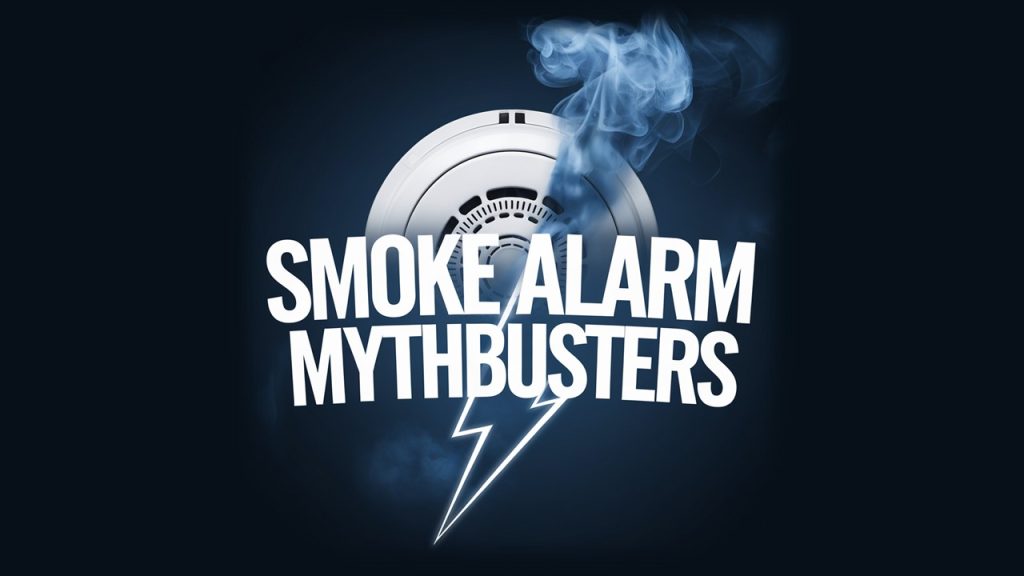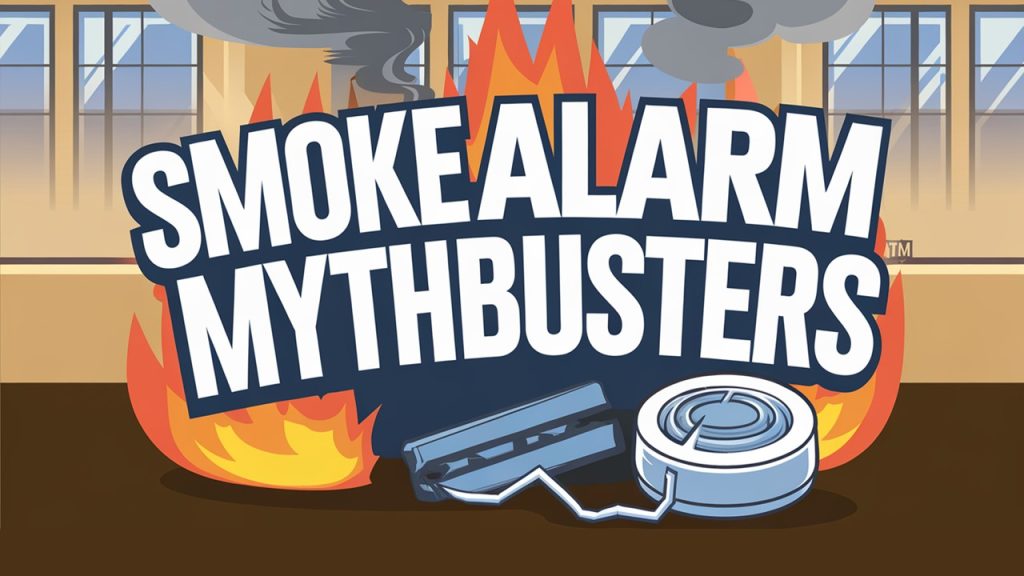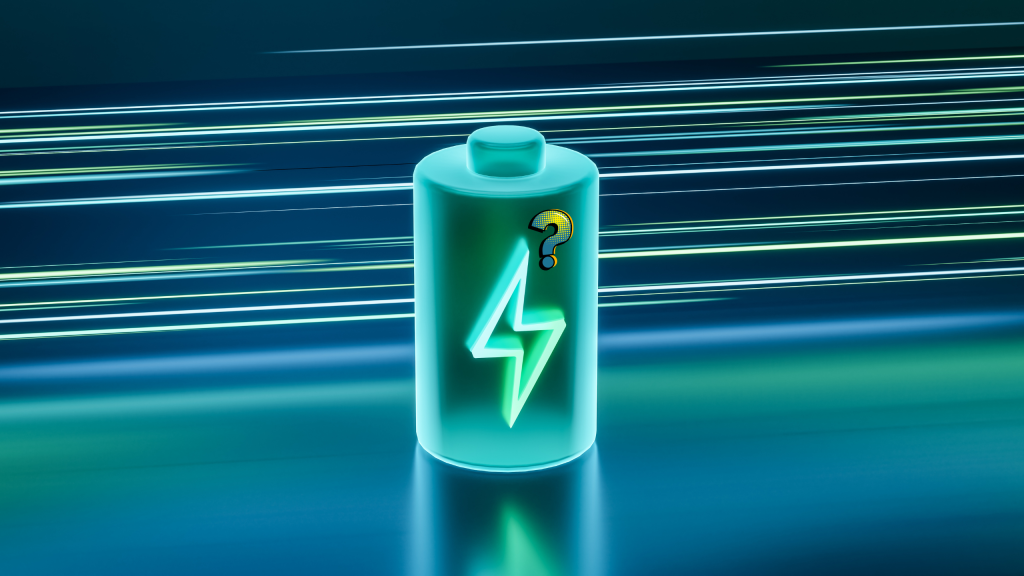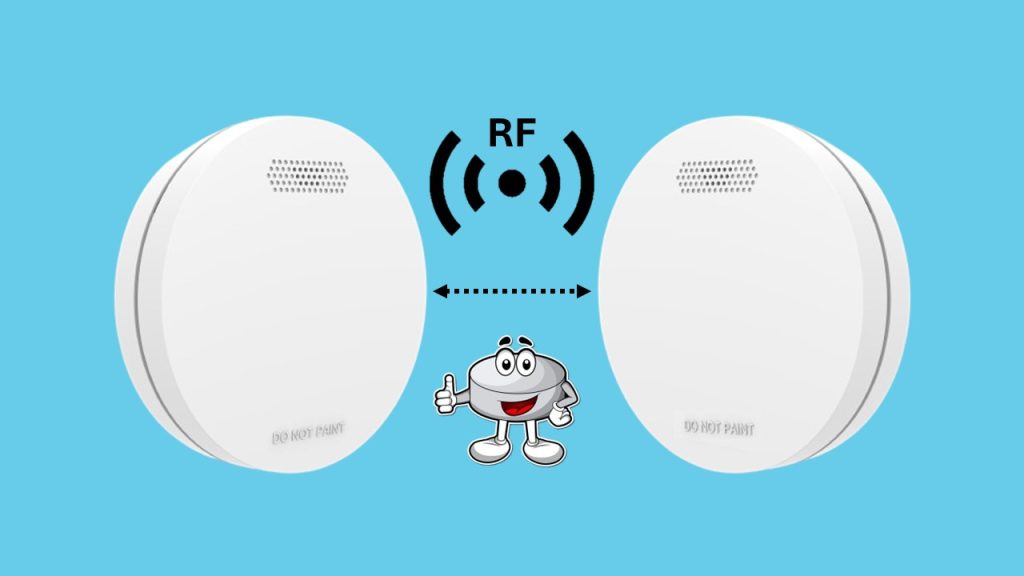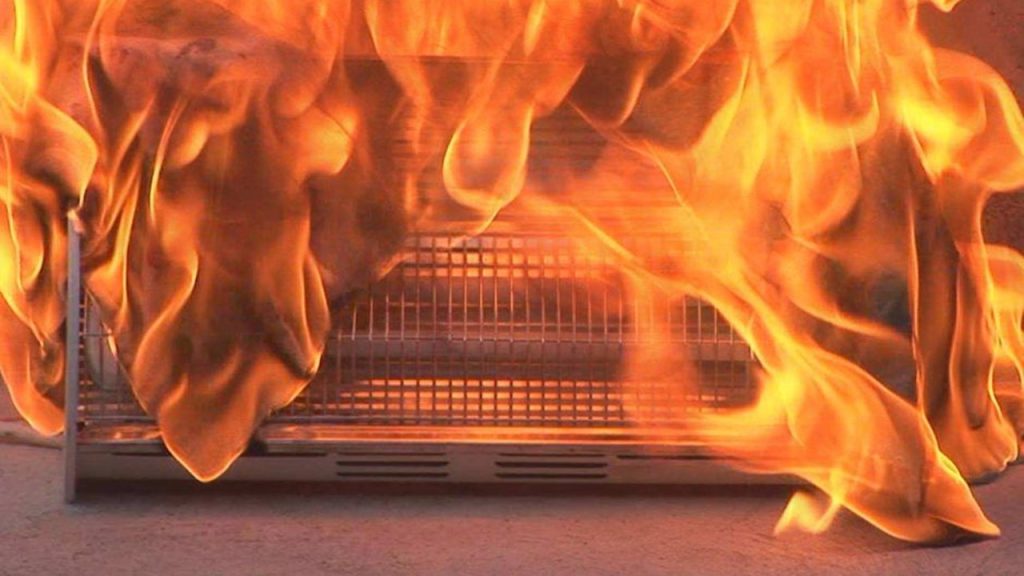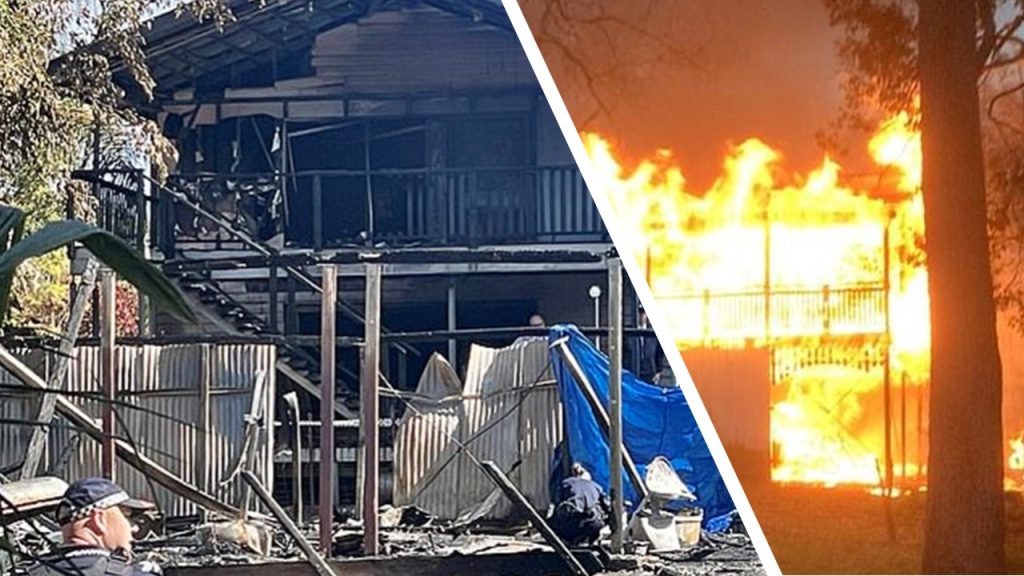Tag Archives: interconnected smoke alarms
Why Interconnected Smoke Alarms Are a Smart Investment for Every Queensland Home in 2025
When it comes to fire safety, a single smoke alarm just doesn’t cut it. Imagine being asleep upstairs while a fire starts downstairs—wo...
Must-Read! 5 Shocking Myths About Interconnected Smoke Alarms—Debunked! (Part 2 of 2)
Interconnected smoke alarms are essential safety devices, but misinformation often keeps people from making the best choices. Many home...
Ultimate Fact vs Fiction! 5 Common Myths About Interconnected Smoke Alarms (Part 1 of 2)
Interconnected smoke alarms are essential for home safety, but how much of what you know about them is actually true? Many homeowners r...
Is Your Fire Detector Battery a Ticking Time-Bomb? Why It Matters for Your Home’s Safety
Fire safety is something every homeowner should take seriously, and one of the most crucial components of any fire detection system is ...
Unlock Unmatched Home Safety: Discover 3 Powerful Benefits Of The Best Interconnected Smoke Alarms QLD Has To Offer!
ZEN Smoke Alarms are the best interconnected smoke alarms QLD has to offer - they are a real game-changer in terms of fire safety, offe...
Winter’s Hidden Dangers: Are Your Photoelectric Smoke Alarms Ready For Action?
As winter settles in across Australia, the chill in the air sends us reaching for heaters, fireplaces, electric blankets, and other dev...
Powerful Interconnected Smoke Detectors: 3 Simple Steps To Develop Your Home Fire Escape Plan!
There is no point waiting until a fire occurs before figuring out what to do and where to go—especially when the safety of your family ...
Why Didn’t Smoke Alarms in Queensland’s Russell Island House Fire Tragedy Activate?
Properly working smoke alarms in Queensland could have saved lives in the recent tragedy on Russell Island, where a house fire claimed ...
Tasmanian Smoke Detector Laws: What You Don’t Know Could Cost You!
Photoelectric Smoke Detector Laws In Tasmania
Tasmania’s smoke detector laws are designed to keep homes and families safe by ens...
7 Essential Reasons to Check Your Wireless Interconnected Fire Alarms This Spring for Ultimate Safety in Queensland!
As the winter freeze gradually gives way to the warmth of a Queensland spring, we find ourselves emerging from the hibernation of the c...


